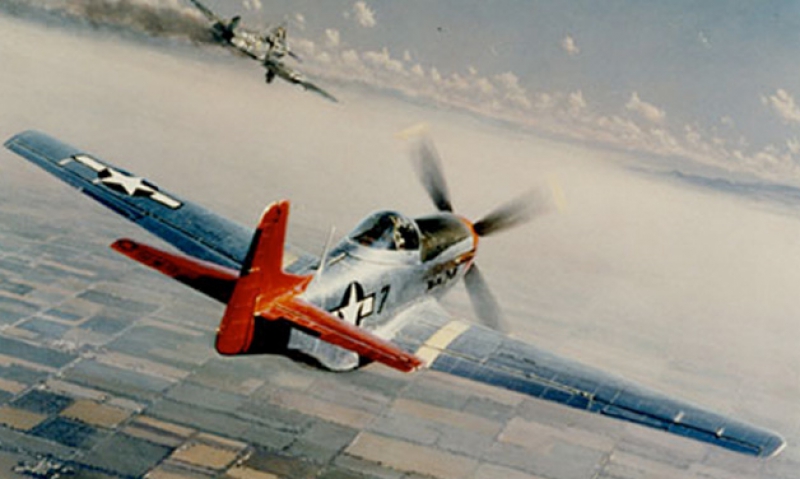
Tuskegee Airmen’s business lessons
I recently watched the movie "Red Tails." It’s about the Tuskegee Airmen’s triumph during World War II over racism, poor equipment and under-utilization during the air war over the European Theater of Operations. I really came away not just impressed by the character, performance and professionalism of the Tuskegee Airmen, but also by the lessons taught by the famed combat squadron that are keys to a good business
The lessons include to:
Communicate with your team. The pilots’ cross-talk during both fighter operations and bomber-escort missions was a great lesson in the importance of team communications. Before the battle, the pilots communicated to keep up morale and pass along important lessons to ensure success in the air. Once the battle was joined, the pilots communicated their positions, plans, and if they needed or could offer help. This is a great lesson for business teams that communicate in the heat of operations while serving customers. Team members need to check on each other to see how they are doing, how their plan is progressing, and offer assistance if needed.
Follow the trifecta: Pride. professionalism and performance. Direct and indirect racism against the Tuskegee Airmen was a constant companion. The pilots made a conscious decision not to fight back physically. Instead, they took the high road with a combination of pride in their unit, professionalism in their conduct, and outstanding performance as aviators. This is another great lesson for a business: never stoop to the level of your detractors and critics. Instead, rise above the "flak" with a positive attitude and produce great results for your customers.
Define and measure your success. In my favorite scene from the film, Col. A.J. Bullard (Terrence Howard) responds to complaints from the pilots that they have to remain with the heavy bombers instead of pursuing the attacking German fighters. Bullard says, "We will measure our success by the husbands we return to their wives, the fathers we return to their children. For every bomber we save, we will save the lives of 10 crewmen." He defined the measure of success for the entire unit: Not shooting down planes, but ensuring the heavy bombers returned to their bases in England. Employees in an organization need to fully understand and agree on how their success is measured, in the simplest terms possible.
Know what your customers want. For the Red Tails, their "customers" were the bomber group leaders trapped in a seemingly ever-losing battle where more U.S. bombers were being lost to German fighters. In a small but moving scene, Bullard sits with Gen. Luntz (Gerald McRaney) and reviews gun-camera footage to determine precisely what Luntz wants and how the Red Tails can help. This is a classic "sales meeting" set up to determine customer needs and requirements, and how the service providers can help.
Celebrate your successes and learn with the entire team. The Tuskegee Airmen used gun-camera footage not only to educate new pilots and ground crew, but also to celebrate the team effort behind their aerial victories. In air operations it takes mechanics, planners, fuelers, weaponeers, weathermen and more to make a combat flight succeed. The Red Tails used their gun-camera footage to highlight the importance of what the support personnel did. Furthermore, the footage acted as an after-action review (AAR) that pointed out: (1) what happened; (2) what went well; (3) what did not go well; and (4) what can be done to fix a problem. Using AAR for business is an effective way to show an organization its successes and provide ways to improve operations.
